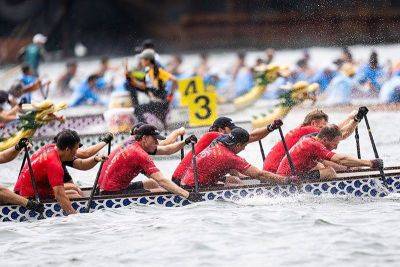Oral and Maxillofacial Reconstructive Surgery at The University of Hong Kong, Powered by Large Multimodal Model for Medicine
HONG KONG, July 18, 2024 /PRNewswire/ — In June 2024, a surgical team led by Professor Richard Y. Su and Dr. Jane J. Pu from the Faculty of Dentistry at The University of Hong Kong, in collaboration with United Imaging Intelligence (UII), has achieved a groundbreaking AI-assisted oral and maxillofacial reconstructive surgery using uAI MERITS platform. uAI MERITS platform, which stands for Metaverse Ecosystem for Robotic Intervention, Therapy, and Surgery, is powered by a large multimodal model for medicine.
Overcoming Challenges in Oral and Maxillofacial Reconstructive Surgery
This surgery helped a patient who had lost part of her mandible due to cancer by successfully reconstructing the mandible and restoring normal aesthetics and functions. The surgery involved the transplantation of a free fibular flap from the patient's lower leg, which encompassed bone, and soft tissue, to reconstruct the missing mandible and oral mucosa. At the same time, dental implants were placed in the newly transplanted bone, restoring the patient's masticatory functions, anatomical structures, and facial aesthetics.
Maxillofacial reconstruction surgeries have been constrained by the complexity of anatomical structures, the high demands for aesthetics and functionality, and the necessity for surgical precision. In this case, the accurate identification and localization of perforator vessels within the soft tissue were pivotal to the success of mandibular reconstruction using a free fibula flap.
In traditional approaches, it is imperative for surgeons to possess an exceptionally high-level of expertise and extensive surgical experience to minimize errors when localizing perforator vessels. Historically, physicians have relied on auxiliary tools such as ultrasound to estimate the location of these perforator vessels, a method that often lacks precision and fails to achieve optimal surgical outcomes. Moreover, the surgical process demands a significant expenditure of time and effort from the surgeons, who must manually compare and delineate between conventional cross-sectional CT images and the surgical site. This process poses considerable challenges to the efficiency and accuracy of the







